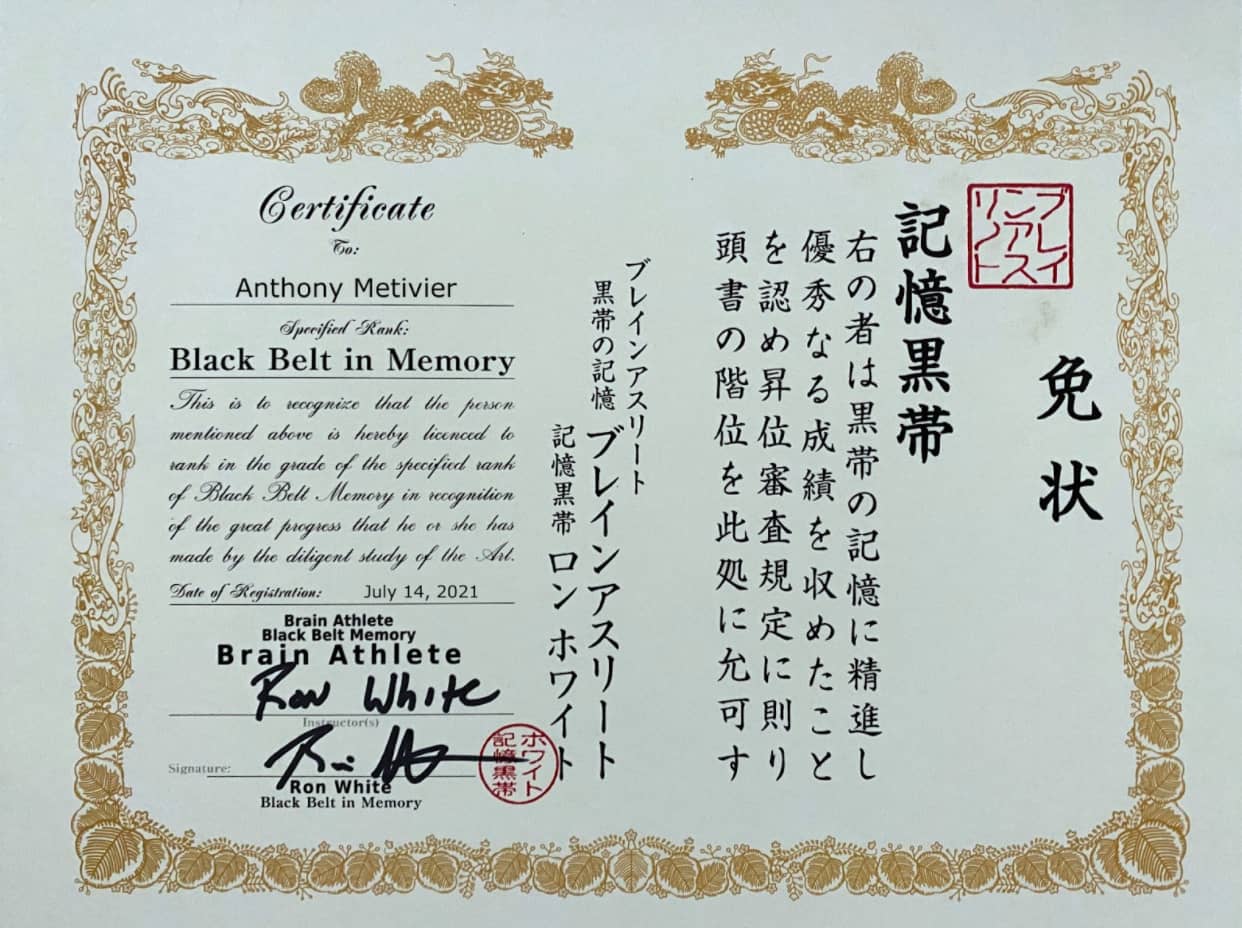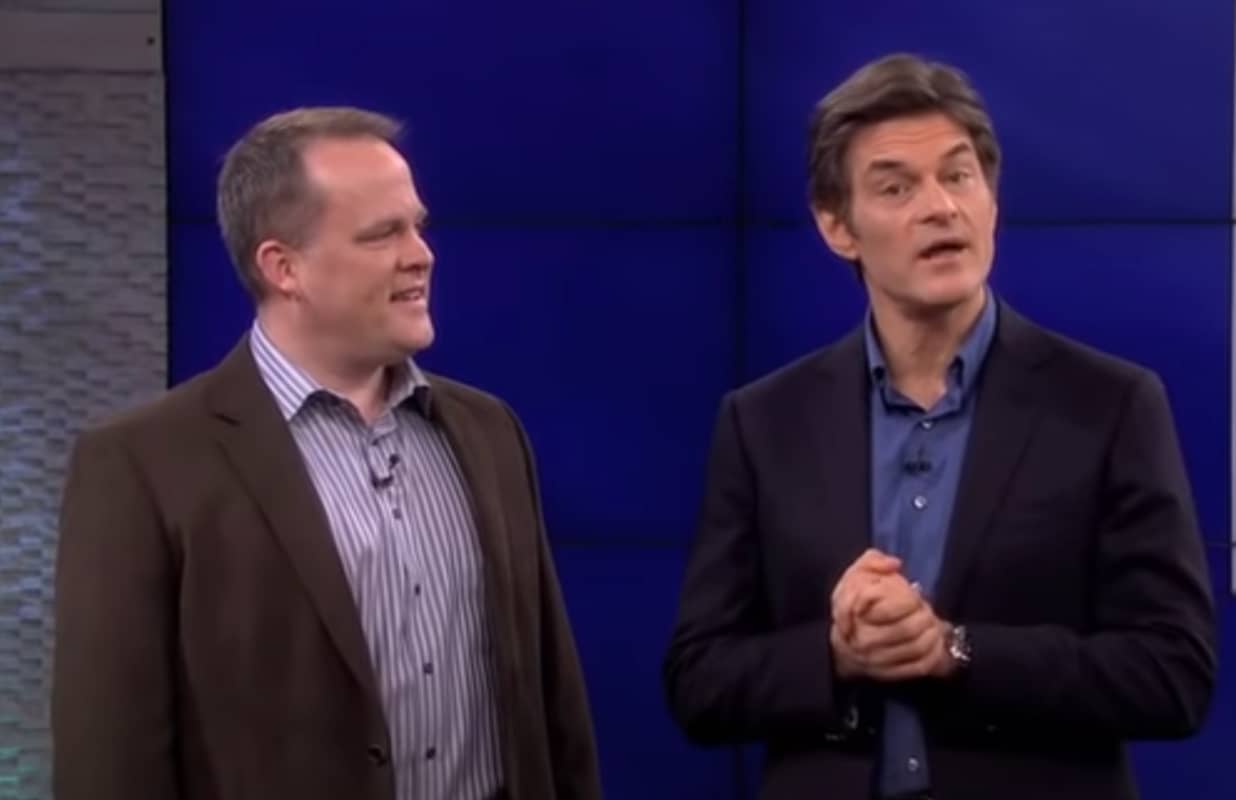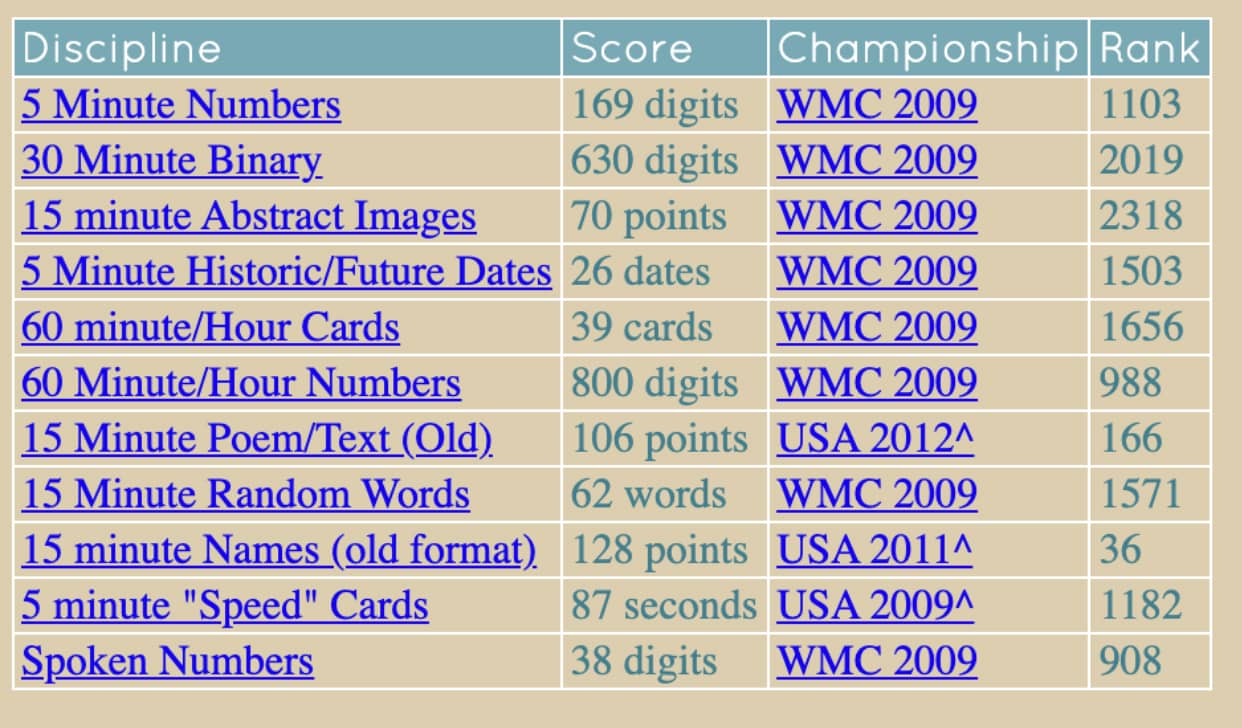Podcast: Download
Subscribe: Apple Podcasts | RSS
 If you’ve spent any amount of time looking into memory improvement courses, you’ve come across the name Ron White.
If you’ve spent any amount of time looking into memory improvement courses, you’ve come across the name Ron White.
But you might be wondering…
Is his Black Belt Memory course any good?
In a word:
Yes.
And if you’ve struggled with other memory improvement books and courses, his approach might just be the ticket.
One reason why is because the course makes you earn your future lessons. You don’t just get to the next level by skimming and skipping around.
You have to actually complete tests in order to progress.
And in case you’re wondering, I know this from experience. I’ve completed the course myself. Here’s my Black Belt certificate:

Although I already know a fair amount about memory techniques, I still learned new things.
The best part?
I had a lot of fun going through the program too.
And on this page, I’ll tell you more about what I learned and what you can expect.
But first, let’s talk about the man who created the course before digging into a full Black Belt Memory Review.
Who Is Ron White?
Ron White is an author, speaker, seminar leader, course creator and talented YouTube personality.
He has also served as a soldier and won several national memory competitions.
For example, he won the USA Memory Championship twice, in 2009 and 2010.
When it comes to the World Memory Championships, his records are also impressive.
He’s also completed incredible memory demonstrations, such as the 7000 pieces of information involved in the Afghanistan Memory Wall project.
I wanted to learn more about these experiences, which is why I’m so glad Ron sat down with me for a long form conversation.
I hope by now it’s obvious to you that Ron White’s memory training course is more than legit.
And the man is not only a memorizing machine when it comes to using mnemonic strategies.
He’s a great teacher and provides tons of inspiration.
Ron also knows his history, so it was fun talking with him about some of the old memory books that contain powerful tips and tactics you won’t want to miss.
Black Belt Memory Review: What You Need To Know
As I mentioned before, this course is unique in that it requires you to earn your progress.
To be honest, I initially thought this was a little annoying. I really just wanted to check things out.
But that’s the problem isn’t it?
We get courses, skip around and then throw our hands up in the air and say… “Nothing new here.”
That’s wrong in nearly every case, and when you go through this program as Ron has designed it, there’s a lot new to learn.
Keep in mind too that “new” means a few different things:
- It can be completely new to you because you’ve never heard of something like the Memory Palace or the Major System
- It can be new because you’ve not thought about classic techniques through the lens of someone else’s experience
- It can be new because you’ve never deployed a classic technique in quite the same way as Ron has
So when Ron gets you to go through the training sequentially, it doesn’t matter whether you’re a complete beginner or an old master. You’re going to learn something new from the program.
The Filing System
Ron approaches the arrangement and encoding of information through what he calls files.
These can be used in different ways.
For example, you can have files that serve as numbers and images at the same time.
It’s kind of like the pegword method, but with more possible uses. You can use the filing approach to easily make any Memory Palace much more robust, for example.
Unique Approaches to the Major System
As Ron shared in the conversation we recorded, he combines the body Memory Palace with the Major System in a way that stems from Mega Memory.
I think it’s a brilliant adaptation. I wish I would have thought about it myself!
The coolest thing about it is that you can apply it to other bodies and use those bodies as files distributed throughout a Memory Palace.
In this way, any figure you place can instantly have ten individual stations instead of just one.
Review Tips
Ron’s Black Belt Memory is one of those rare memory training courses that goes through what matters most in memory: review.
You see, so many people treat techniques like the method of loci as if it were meant to be some kind of “eternal” treasure chest.
But that’s not the way it works.
Rather, these tools give us a solid means for reviewing information in a way that triggers what memory scientists call active recall.
If you aren’t following these patterns in an optimal way, your brain simply won’t form memories reliably.
And since reliable memory is what we want, Ron makes sure you know about it.
Holistic Memory Health
As if all that weren’t enough, Ron makes sure you know about diet, hydration and fitness.
Face it:
We’re all getting older by the minute and we need to keep both our bodies and our brains as fit as possible.
The program doesn’t go as deep into this topic as it could, but I’m glad the basics are touched upon.

And there’s even a cameo with Dr. Oz!
Will You Earn A Blackbelt For Your Memory?
As I hope you can tell, I definitely think you should take this course.
And you might find that a bit confusing. After all, I’ve got courses of my own to offer, like the Magnetic Memory Method Masterclass.
The answer is simple:
When I taught philosophy as a professor, I never once said, “Only read Plato. Forget all about Aristotle.”
That would be foolish.
The reality is that you only get a full understanding by going through as many programs as you can.
Of course, there are some out there you can definitely skip.
But I’m very glad that I went through Black Belt Memory and grateful Ron took some time to have a detailed chat.
So if you want more benefits from his experience and some of the “next level” ways you can improve your memory, give Black Belt Memory a try.
I think you’ll be glad you did!
Related Posts
- How Jessie Villalobos Got A Promotion - Magnetic Memory Method Review
Looking for an extensive Magnetic Memory Method review? Listen to Jesse Villalobos show you how…
- Memory Athlete Braden Adams On The Benefits Of Memory Competition
Braden Adams is one of the most impressive memory athletes of recent times. Learn to…
- 2019 Canadian Memory Champion Reveals His Memory Secrets
James Gerwing completed the Magnetic Memory Method Masterclass a while ago. In 2019, he became…





10 Responses
I enjoyed every moment of this😊. Wonderful interview Anthony 👏
That’s fantastic, Bernard. Thanks so much for giving it a listen and letting me know.
Any particular learning goals you’re pursuing at the moment?
Am a final year med student who also happens to be a huge fan of the MMM podcast for 3 years now. The wide variety of guests you have featured has allowed me to navigate my field thus far with relative ease. Keep up the good work. Greetings from central Africa.
That’s wonderful, Bernard. Thanks for listening to the program and so glad to hear that it’s been helping you in your career. That’s great news.
Hello! I really liked this episode!
Maybe because I like stories and because I’m a system/structure/method nerd/geek.
When hearing about this ghosting problem with the lockers I would use the peg sets I have. For instance the most obvious (for a mnemonist knowing major system at least) ones are a set of objects in major system, and a set of persons whose first letter in name and surnames encode to a major number (Idea is to have contrasts between the sets of encoders). Then to create more sets you can in advance have rehearsed sets of objects linked to the previous major based sets until you know the encoding/decoding by heart (idea of procedural automatic execution).
Now when you have a “comfortable” (maybe 10) amount of 00-99 sets you know, like by counting by heart. You could enumerate each set as set 1 and visualize 1 as what it looks like (maybe a ball ( first set enumerates as 0)) then visualize set 2 as what it looks like (maybe a swan) and so forth… Or you do same with sets as the rhyme word so set 1 could be hero (zero – hero) and so forth.
Now we have 1000 enumerations that should be unique enough in-between to have good contrast to reduce ghosting.
The set object is an index much similar as a station in a memory palace and you can hook this index as an object in an “actual memory palace”as a reminder of which set you are using in that memory palace station. You now can hook 100 associations to that station/index object.
I’ve been using this trick in memory problems that I suspect may “inflate” because of my “lack of overview” in a field in advance. It’s like a compression and indexing and inflation structure all in one utilizing what you already (as a mnemonist) “know by heart”.
Glad you could check this one out and great to hear from you again!
Using the Major to derive specific names is a great idea. Seeing someone as objects in the 0-9 list is really great as well. This reminds me of an exercise in the Brain Exercise Bootcamp – but I hadn’t thought of extending it to the Major. That’s a great idea and something for an update to the program soon.
Thanks as ever and look forward to your next posts!
What do you suggest for a 1st year high school student?
Thanks for asking about this, Peter.
Brad Zupp has a good book for this age group. I’ve written a full review of it.
However, in all that I’ve seen over the years, the best bet for many you people is this:
When the parent learns the techniques to a sufficient degree, they can teach them from experience and create family games that incorporate learning.
For example, imagine that mid-term tests are coming. You get some sample tests from the teacher.
Then, you memorize together, and for every ten points your youth scores, they win a bean bag.
Those bean bags translate into value for cash and prizes after the exam.
Guess who’s going to want to play? Perhaps not for everyone, but many will learn mnemonics practically on autopilot under such conditions, and wind up passing all their exams.
I’m slightly biased on this account, however. In grade five, we had a teacher who did something like this relative to how many books we could read. I won so many prizes that year, and haven’t stopped reading beyond the requirements since!
Dude this memory palace stuff is insane. I first encountered memory palaces in Lewis Smile’s book and after a single read at 5am I still remember all of Shakespeare’s plays. And I have a question:
When memorising a list, it better to try and encode multiple elements of that list into each scene, or is it better to assign one scene to one element of the list?
It is crazy good!
Personally, I prefer the latter approach.
However, it’s important to explore both because the former is easier for things like memorizing speeches, poetry, phrases, etc.
But a lot depends on what you mean by “scene” and how exactly you’re assigning the associations to space in the Memory Palace.